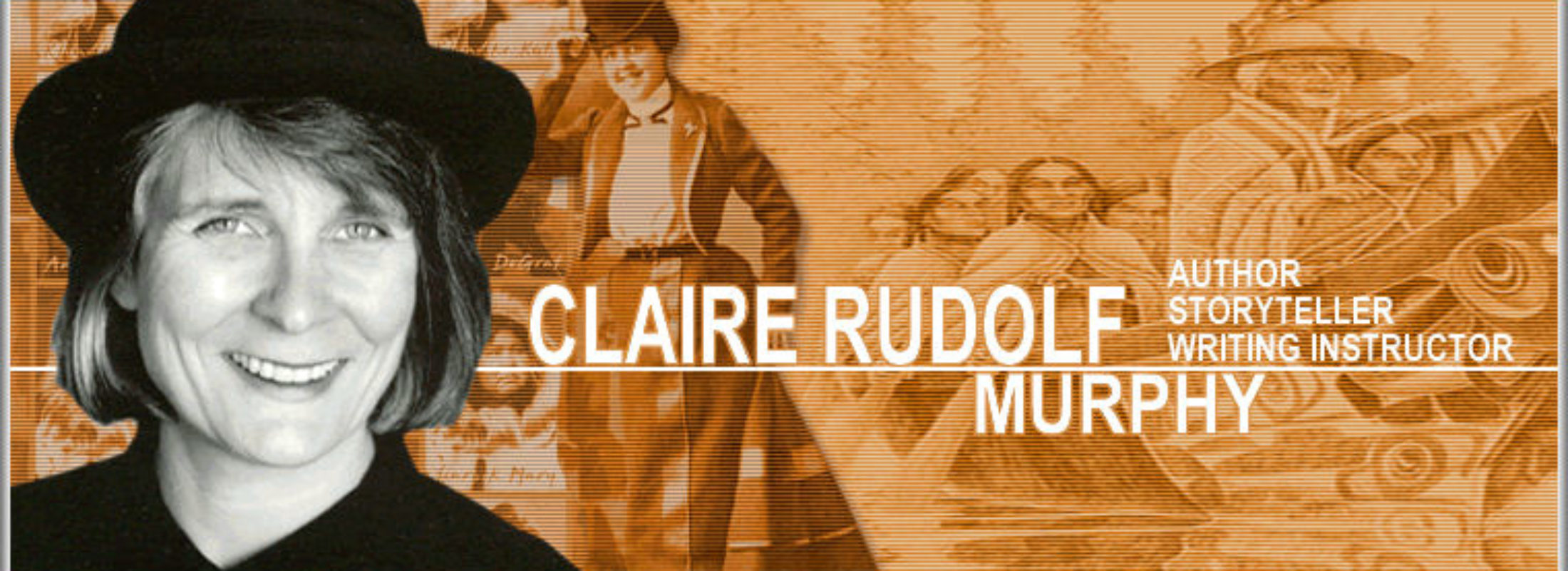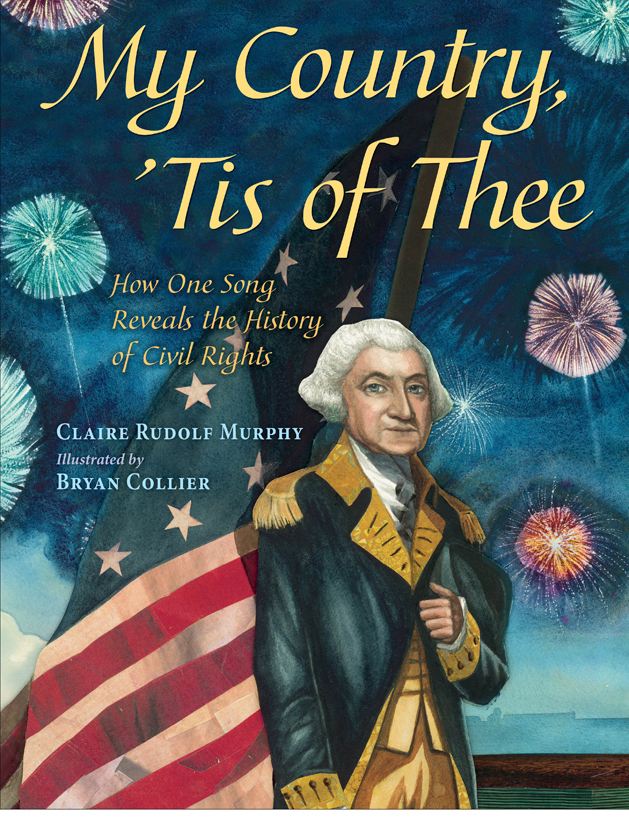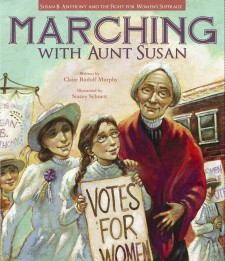Writing Activities
The exercises below have been helpful to me and students in my workshops. Give them a go.
Many resources are available for writers. The best resource for those interested in writing for children and young adults is the web site www.scbwi.org (The Society of Children’s Book Writers and Illustrators.) Check it out today. It can help you network with other writers and learn about children’s book publishing.
Fiction Writing Prompt
1. Think back to a time in your life when you were:
* scared
* embarrassed
* happy
* excited
* sad
* worried
* mad
* confused
It could have happened yesterday, when you were a little child or any time in between.
2. Make a list of all those incidents.
3. Choose one to write more on. One that calls out to you today. Put the list aside but keep it in a folder for later use.
4. Now do a cluster or fastwrite on that particular memory. Write down everything you can remember – who was there, when it took place, what happened, where it took place, how you felt. Describe what you saw, tasted, touched, felt, and heard if you can. These are the five senses and sensory images really make writing come alive. How old were you? What season of the year was it?
5. Next you could turn this fastwrite into a real-life narrative or a poem about that experience.
Or you could turn it into fiction.Think about your memory again. This time pretend that something has changed. Do a three-minute fastwrite on each of the questions below. Don’t stop, don’t judge, just keep writing and see what pops up.
What if you were:
* a different age when it happens? Much older or younger, at least five years difference.
* living in a different country?
* living in a different period of history?
* a male instead of a female or vice-versa?
Brainstorm or fastwrite how the story would change. Now that it is fiction, you can change anything you want. But keep the human feelings in the story. Many fiction writers use real life experiences in their stories. They describe places or people they know and events that happened. But they change details so that it becomes a fiction story instead of a nonfiction narrative. Your life experiences can help your fiction come alive for the reader.
Character Development Ideas
What does your character look like?
likeable traits
physical traits character doesn’t like about self
How does your character act?
positive character traits (witty, kind, hard-working)
some flaws or challenges character has (hot-headed, lazy)
What are this character’s dreams and wishes?
(wants to be the lord’s favorite weaver, wants to star in a Hollywood movie)
Based on the questions above, what are some events that could happen to your character because of their dreams, flaws, and physical appearance…
Brainstorm some ideas.
Who are your character’s friends and family?
Make a list, give them names and personalities. Choose the people who are important to your character.
Five Senses:
Sensory details really make writing come alive.
Make a list of things that your character would:
See
Touch
Hear
Taste
Smell
What is your character’s favorite place?
Describe it.
What are some things that she/he enjoys doing?
Make a list.
Think of times you have felt happy scared, confused, excited, angry.
Make a list of events and then brainstorm how you could adapt those emotions to the characters
in your story.
Write some journal entries in the voice of your character.
It will help you understand them better, especially when you reach a point in the story when you
are not sure what your character would do.



